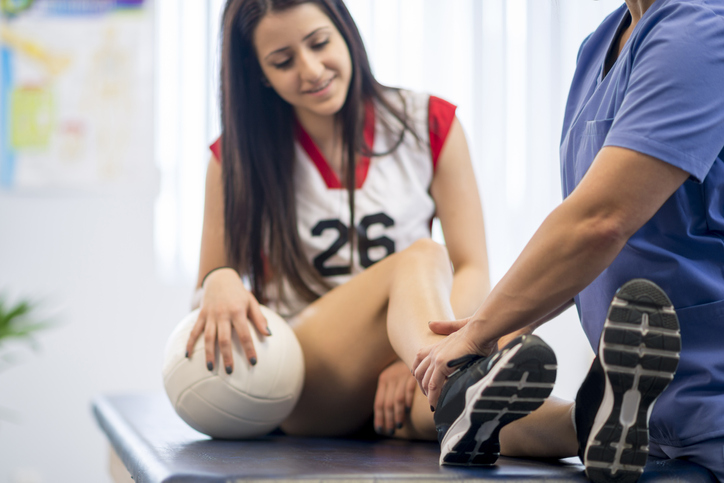
A sports physical examination, also known as a pre-participation physical evaluation (PPE), is a medical assessment conducted to evaluate an athlete’s overall health and fitness level before participating in sports activities. It focuses on assessing cardiovascular health, musculoskeletal function, and general physical readiness to ensure safe participation and minimize the risk of sports-related injuries.
A sports physical examination is a thorough assessment performed by healthcare providers to determine whether an athlete is physically fit to participate in sports activities safely. It involves evaluating medical history, conducting a physical examination, and assessing specific health parameters critical for athletic performance and injury prevention.
During a sports physical examination, the following steps typically occur:
© 2021-2025 Jackson Urgent Care. All Rights Reserved. Made With Love by Ignite Marketing Agency.